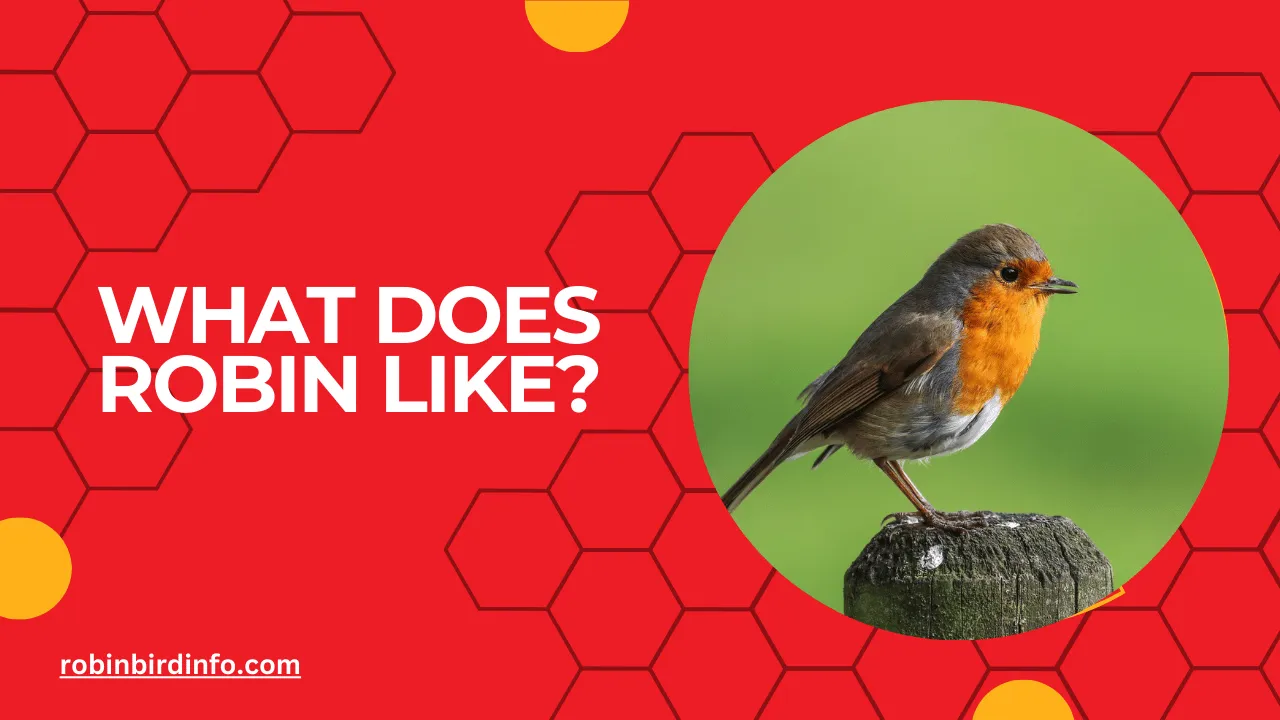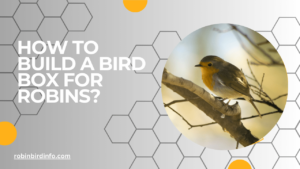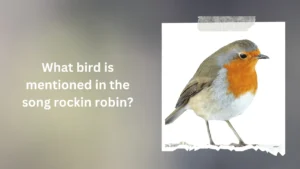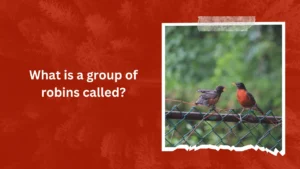We all know the iconic image: a vibrant Robin perched on a branch, serenading us with its melodious song.
These familiar birds seem like the epitome of backyard bliss – a welcome addition to any garden. But have you ever witnessed a Robin’s surprisingly fierce side? Perhaps you’ve seen them dive-bombing a curious cat or stubbornly defending their patch of berries. It turns out, Robins have a list of preferences beyond just a comfy perch and a catchy tune.
Understanding what Robins like and dislike can help us create a more harmonious relationship with these feathered neighbors.
This blog post delves into the fascinating world of Robin preferences, from their dietary quirks to their preferred nesting sites. Whether you’re a seasoned birdwatcher or simply enjoy the company of Robins in your yard, this guide will provide valuable insights into how to attract these charming creatures and co-exist peacefully.
So, grab a cup of coffee and get ready to discover the fascinating world beyond the cheerful Robin song!
Contents
Habitat Preferences
Robins are adaptable birds that can thrive in a variety of habitats. They prefer areas with abundant food and water sources, as well as suitable nesting sites.
Preferred habitats include forests, woodlands, parks, and suburban gardens. They are particularly fond of areas with a mix of trees and shrubs, which provide shelter and foraging opportunities.
When selecting a nest site, Robins look for a safe and sheltered location, often high up in a tree or shrub. They may also nest on man-made structures like buildings and fences.
During the breeding season, Robins are highly territorial, defending their nesting sites and feeding territories from other birds.
Dietary Needs
Robins are primarily insectivores, feeding on a variety of insects, worms, and spiders. These protein-rich foods are essential for the growth and development of nestlings.
In the fall and winter, Robins may supplement their diet with fruits and berries. They are particularly fond of berries like juniper berries, crabapples, and dogwood berries.
Water is crucial for Robins, both for drinking and bathing. They often bathe in shallow puddles or birdbaths to keep their feathers clean and healthy.
Social Behavior
Robins are socially monogamous, forming pair bonds during the breeding season. Both male and female Robins work together to build the nest, incubate the eggs, and raise the young.
During migration and winter, Robins may form flocks with other birds, including other Robin species. Flocking can provide safety in numbers and improve foraging efficiency.
Robins communicate through a variety of vocalizations, including songs and calls. These vocalizations are used to attract mates, defend territories, and coordinate social interactions.
Human Interaction and Bird Feeding
You can attract Robins to your yard by providing food, water, and shelter. Offering a variety of birdseed, such as sunflower seeds, millet, and suet, can attract Robins. Providing a clean water source, such as a birdbath, is also essential.
Bird feeders can be a great way to attract Robins, but it’s important to choose the right type of feeder and birdseed. Platform feeders and tube feeders can be effective for attracting Robins.
While bird feeding can be a rewarding experience, it’s important to be aware of the potential negative impacts. Overfeeding can lead to unhealthy weight gain and disease. Additionally, bird feeders can attract predators, such as cats and raccoons.
Conservation Implications
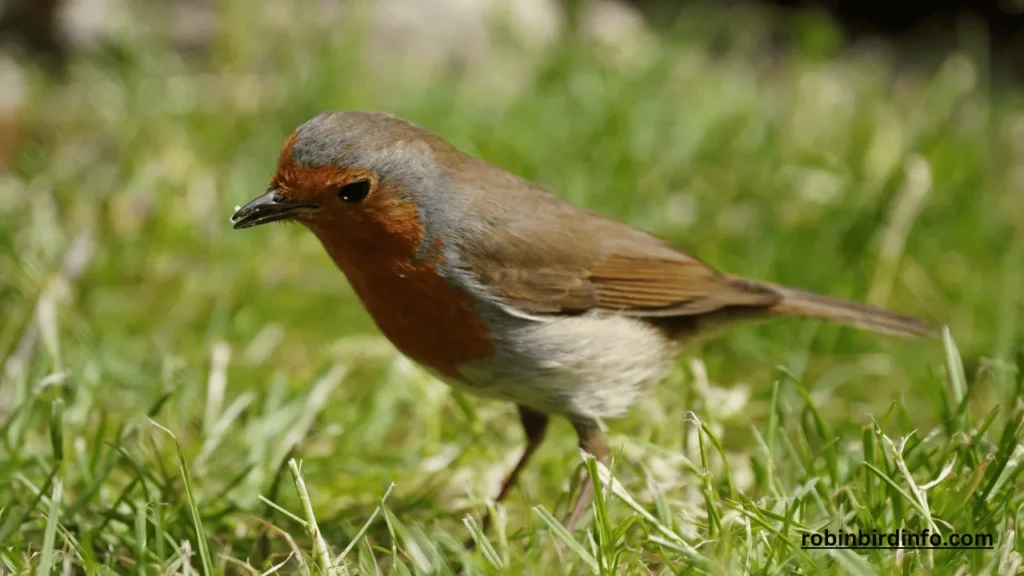
Habitat loss and fragmentation are major threats to Robin populations. Deforestation, urbanization, and agricultural practices can reduce the availability of suitable nesting and foraging sites.
Climate change can also impact Robin populations by altering migration patterns, breeding seasons, and food availability. Warmer temperatures and changing weather patterns can disrupt the delicate balance of ecosystems.
To protect Robin populations, it’s important to conserve their habitats and promote bird-friendly practices. Planting native plants, reducing pesticide use, and creating wildlife-friendly gardens can help to support Robin populations.
Conclusion
Robins are fascinating birds with unique behaviors and preferences. By understanding their needs and creating a welcoming environment, we can enjoy their presence in our yards and gardens. It’s important to remember that our actions can have a significant impact on bird populations, so we should strive to be responsible stewards of the environment.
FAQ’s
How often do Robins lay eggs?
Robins typically lay two broods per year. The female Robin lays 3-4 eggs per clutch, and incubation lasts for about 12-14 days.
What is the lifespan of a Robin?
The average lifespan of a Robin is 2-3 years, although some individuals may live longer.
How can I attract Robins to my yard?
To attract Robins to your yard, you can provide food sources like birdseed and mealworms, offer fresh water in a birdbath, and plant native plants that provide berries and insects.
Are Robins aggressive?
Robins can be territorial, especially during the breeding season. They may aggressively defend their nests and territories from intruders, including other birds and humans.
What are the threats to Robin populations?
Robins face various threats, including habitat loss, climate change, and predation. Pesticides and collisions with windows can also harm Robin populations.
How can I help protect Robins?
You can help protect Robins by reducing your use of pesticides, providing clean water sources, and planting native plants. You can also support conservation organizations that work to protect bird habitats and reduce threats to bird populations.

